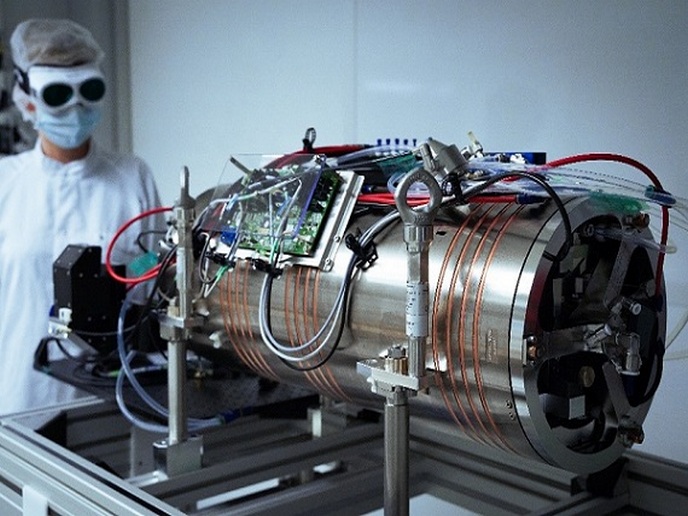Towards sustainable growth and innovation for Central and Eastern Europe
The Central and Eastern European Countries (CEECs) have struggled economically since joining the EU, having grown through low production costs rather than innovation. These countries see particularly high wealth disparities among social classes, essentially meaning a few affluent cities and large impoverished rural areas. The situation contradicts EU Cohesion Policy. The EU-funded GRINCOH(opens in new window) (Growth-innovation-competitiveness: Fostering cohesion in Central and Eastern Europe) project aimed to establish development scenarios for CEECs up to 2020, to identify implications for sustainable growth and to advise on policy options. Focus was placed on the relationship between economic, social and environmental factors of development and the policies implemented in CEECs during post-socialist transformation and after EU accession. Project partners examined whether and how CEE development strategies can become innovative. This is considered key to sustainable growth and cohesion in the existing global and European state of play. Their in-depth multidisciplinary research covered the global situation, innovation and entrepreneurship, skills and labour market inclusion, social policy tasks, territorial cohesion, institutional changes, and the development of a coherent Cohesion Policy framework at regional, national and EU levels. The GRINCOH team identified several weaknesses in social security systems and labour market institutions. Despite institutional convergence and political stability, institutional systems act as a barrier to future successful development and require improvements. Lastly, researchers laid down recommendations for CEECs until 2020. They primarily focus on economic modernisation, institutional harmonisation, EU Cohesion Policy, and policies involving research, development and innovation, the labour market and regional development. GRINCOH results will contribute toward the EU's Cohesion Policy, with other impacts in scientific, developmental and educational areas. Hence, the economic performance of CEECs may improve, and with it the circumstances of people living there.







